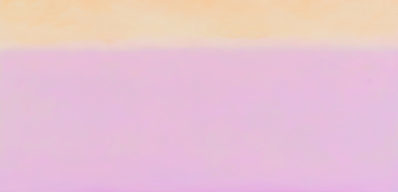
Jamie Brunson, Beyond, mixed media on panel, 2017
Nina Tichava and Jamie Brunson in Santa Fe Arts Journal
Turner Carroll Gallery highlights recent work by two New Mexico-based abstract artists in its show “Nina Tichava and Jamie Brunson: NEW New Mexico Abstraction,” which opened on August 23 and is on exhibit through September 12.
Tichava, who was born in the small New Mexico village of Vallecitos north of Abiquiu and raised in New Mexico and northern California, has focused her creative time during the past year on finding a place of calm within her studio practice. “I spent half my life on the Pacific coast, near the ocean,” Tichava explains. “When seeking equanimity, my mind turns to memories of the sea. These remembered images and sounds provide comfort and grounding, a quiet that can be hard to find amidst the chaos of contemporary existence. The sea soothes in rhythmic ways, and a conveyance of that feeling is the goal of these new paintings.”
Tichava, a recipient of a Pollock-Krasner Foundation grant in 2007, describes her paintings as about relationships. She’s fascinated by the interactions between materials and methods and the relationship between color and space. ”My process-based paintings are as unplanned as possible,” she says. “I search to convey a feeling of immediacy and to enhance the very physical and tactile elements of my artwork.”
Using painting and printmaking techniques, Tichava interweaves drawing and collage with a variety of media. Paintings are multi-layered. “A prominent element of my work is the application of thousands of beads of paint, painstakingly and individually painted with a brush and used to create screens and patterns,” she adds.
Brunson, who moved to northern New Mexico from California’s Bay Area three years ago, has historically focused on experiences that occur during her Kundalini meditation practice. “The sensations in Kundalini are ones of opening or expanding, as if the boundaries between oneself and the external world were dissolving into an interconnected, energetic field,” she says. “For many artists, studio practice produces that same sense of total identification with the materials, the moment and the process.”
